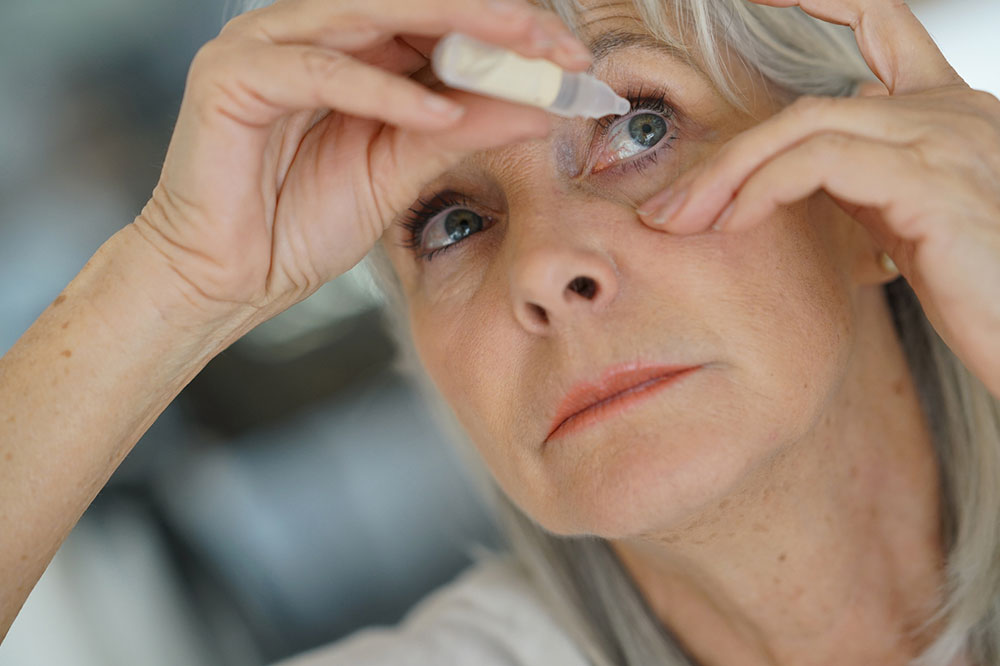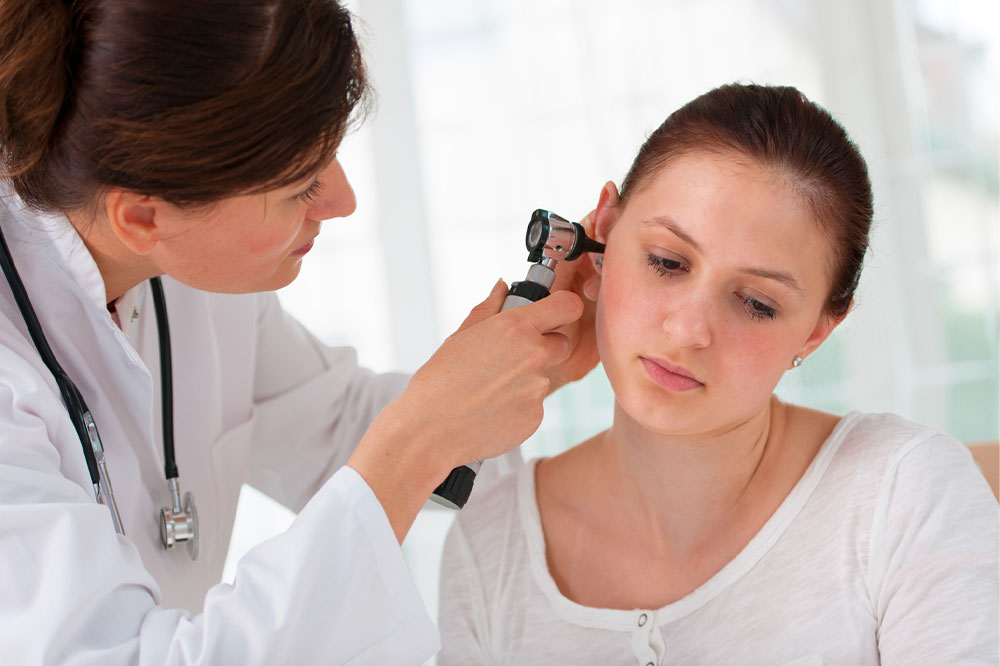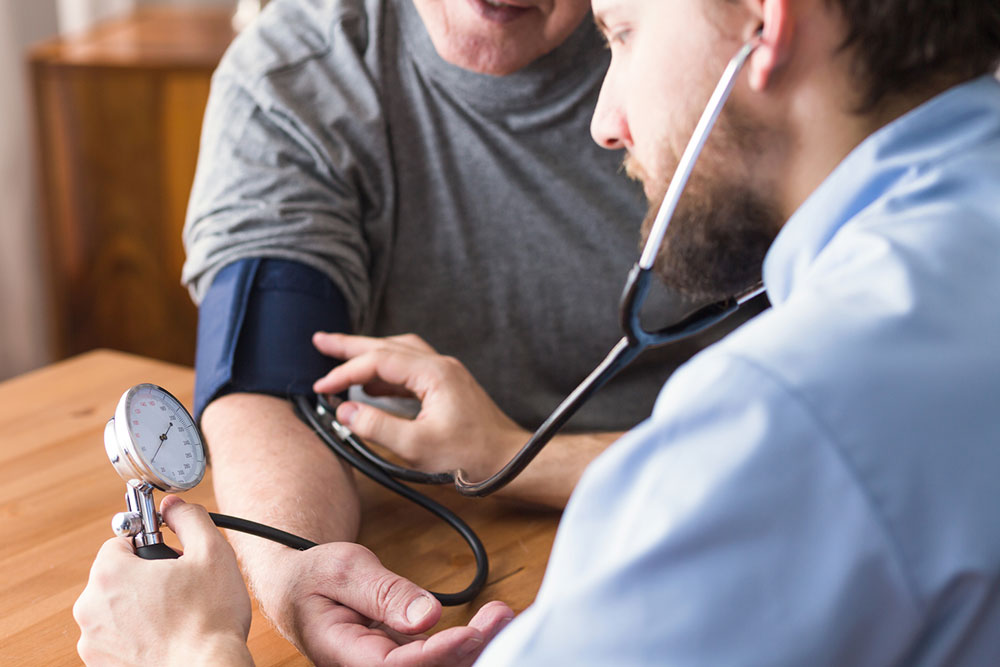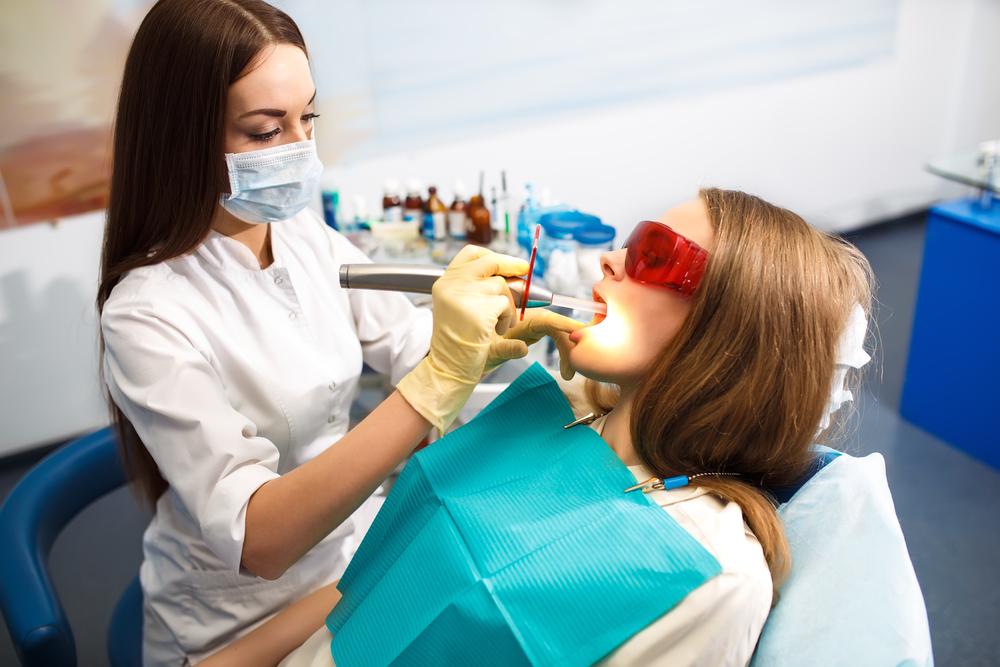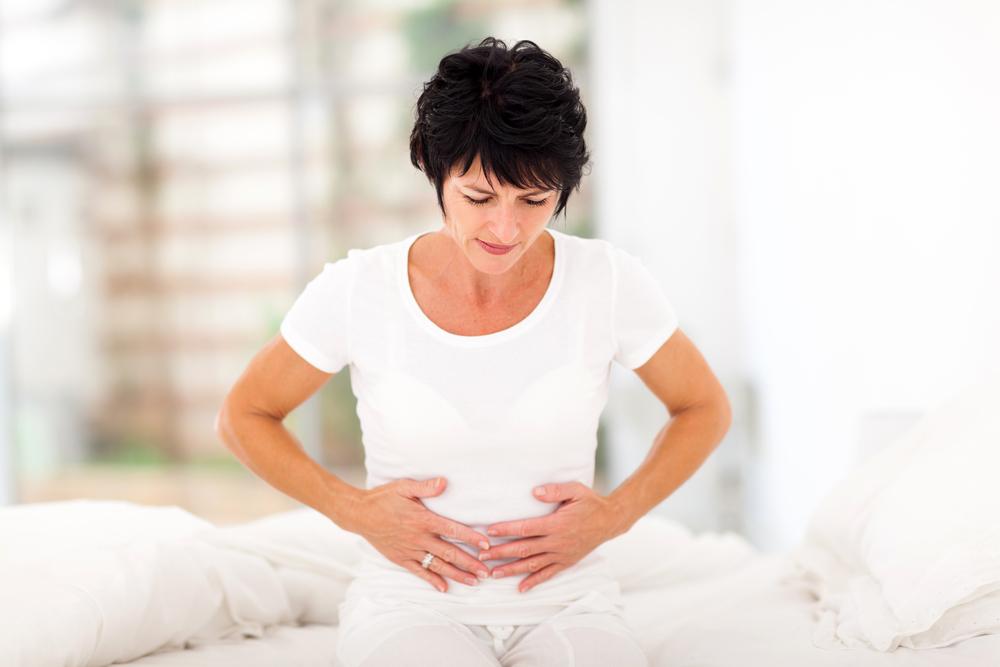Understanding Female Genital Herpes: Symptoms, Risks, and Care
This comprehensive guide covers everything women need to know about genital herpes, including symptoms, risks during pregnancy, and treatment options. Early recognition of signs and professional medical care are essential for managing the condition and preventing transmission. Visual aids can help in understanding outbreaks and improving awareness. Regular medical checkups are recommended for effective management and to ensure safety during pregnancy.

Understanding Female Genital Herpes: Symptoms, Risks, and Care
Genital herpes, caused by the herpes simplex virus, affects millions of women across the globe. In the United States alone, approximately 50 million individuals have this condition, many unaware of their infection. Visual resources like genital herpes images online can help in understanding the symptoms and appearance of outbreaks.
How can women identify genital herpes?
Often, women do not experience symptoms at all, making diagnosis challenging. During initial outbreaks, common signs include:

Itching, burning, or tingling sensations in the genital or anal areas
Fever and flu-like symptoms
Pain in legs and buttocks
Changes in vaginal discharge
Problems with urination
Lower abdominal discomfort
Headaches
The initial outbreak tends to be more intense, with subsequent episodes being milder. Women may develop painful blisters or sores around the genitals, anus, cervix, thighs, or mouth.
Genital herpes and pregnancy
There is a significant risk of transmission to the baby during childbirth, potentially leading to neonatal herpes, a serious condition. Pregnant women diagnosed with herpes should have regular prenatal care to manage the risk effectively.
Treatment options for genital herpes
Proper diagnosis by healthcare professionals is essential before starting treatment. Common approaches include:
Antiviral medications to shorten outbreaks and reduce severity and frequency
Maintaining personal hygiene and keeping affected areas clean
Possibility of herbal remedies and nutritional supplements to support recovery
Awareness of symptoms, aided by visual resources, helps women seek timely medical advice. Early diagnosis and treatment improve quality of life and reduce transmission risks.


